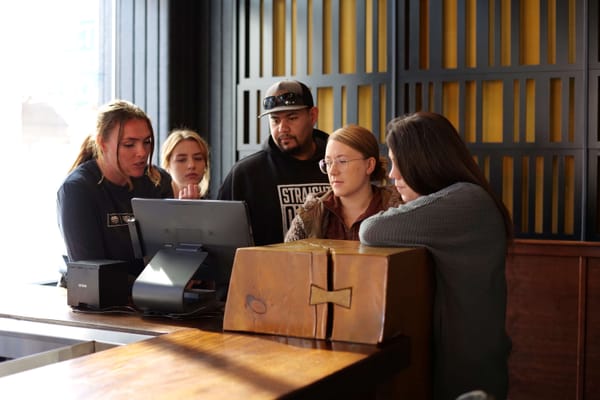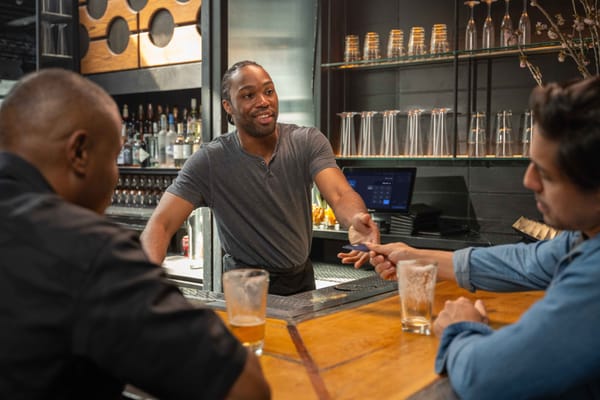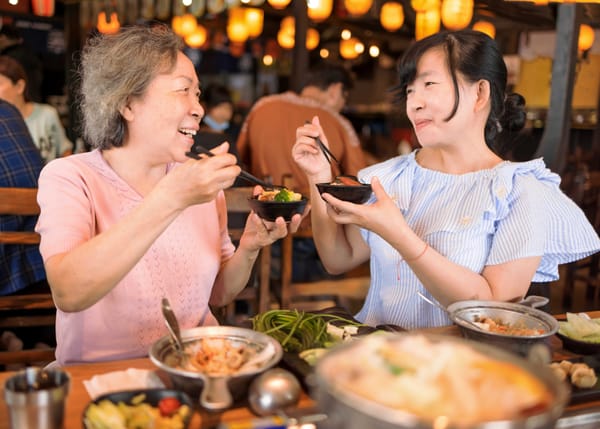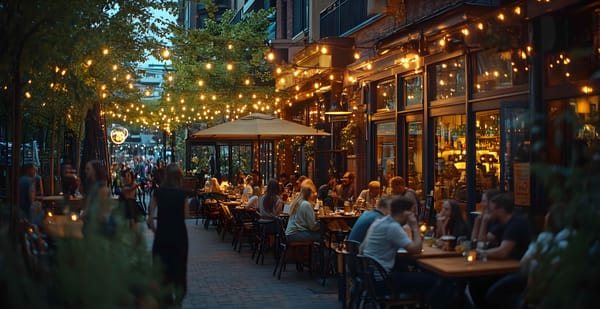There's no doubt that customer satisfaction is a top priority for restaurant owners. It can significantly impact revenue and encourage guests to spend more. However, as the food industry evolves towards more personalized and tech-driven dining experiences, guests are looking for restaurants that cater to their unique preferences and needs.
Restaurants can stay ahead of customer needs by gaining an understanding of the different types of restaurant guests they serve. This will help them anticipate changing demands. By recognizing their unique expectations, restaurants can tailor their offerings to meet their needs, all to improve customer satisfaction. Here are five different types of guest diners and the strategies that restaurants can use to better serve them.
1. Health-conscious guests
According to the National Restaurant Association's "What's Hot 2023 Culinary Forecast," flatbread sandwiches & healthier wraps is number 5 in the Top 10 Hot Trends for 2023. This growing food trend has gained popularity in the past few years.
If you are interested in catering to this type of diner, small changes can get you there. Incorporate healthy (and lower cost) substitutes in your menu, and be honest about it. If you can incorporate locally-sourced ingredients, this is a great opportunity to advertise it.
2. Tech-savvy guests
Adapting to tech is not a new idea, but it's a trend that has evolved in different ways for the past few years. Both restaurant operators and consumers agree that technology is crucial in creating seamless dining experiences. By embracing technology, you won’t only attract tech-savvy diners. You’ll ultimately improve your bottom line.
From online reservations to mobile and QR ordering and handhelds, you can make the dining experience more convenient and efficient for your guests and your staff as well. By automating the ordering and payment process, your staff can spend less time taking orders and processing payments, and more time on food preparation or offering a more personalized service.
For counter-service and casual dining concepts, free Wi-Fi can also appeal to tech-savvy diners, giving them an easy opportunity to leave a review and share pics of your restaurant on social media, while also helping you build your customer database.
3. Social media-savvy guests
Social media has become a significant content source for potential customers, enabling them to discover new foods and unique experiences. Staying up-to-date with the latest trends and participating in them, or creating a trend with a social media strategy, can help you attract more customers.
Create visually appealing dishes that are "Instagram-worthy" and encourage diners to share their experiences on social media. Create hashtags and social media campaigns that encourage diners to share their experiences and engage with your restaurant online.
4. Eco-conscious guests
Similar to the health conscious food trend, guests have developed growing concerns about the environmental impact of food production and consumption. This has pushed them to seek sustainable and eco-friendly dining options.

When prioritizing sustainability, you can appeal to environmentally conscious guests while benefiting from positive publicity and a growing customer base. Sustainable practices such as sourcing local ingredients, reducing food waste, and minimizing your carbon footprint work well for both the environment and your image. Digital menus and online ordering systems can even help you reduce paper waste by providing a contactless ordering option for guests.
5. Experience-focused guests
Dining out is not just about food for some guests. It’s also about the overall experience. Experimental dining is growing in popularity, especially among younger generations. According to Eventbrite, 75% of diners would pay more for a unique dining experience, and these customers want more from their night out than a delicious meal. With the right reservation platform, you can keep your operation working smoothly while exploring new ways to serve your guests and boost revenue with unique experiences.
Think of renting spaces for events, eccentric or thematic decoration, inventive menus, tastings, private parties, entertainment and even special holiday experiences. To add more value to the experience, don't forget about loyalty programs to reward guests for repeat visits.













